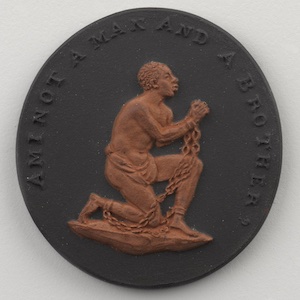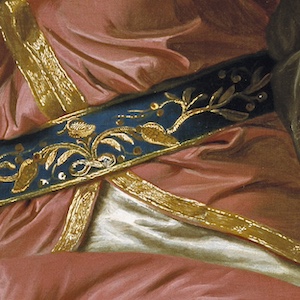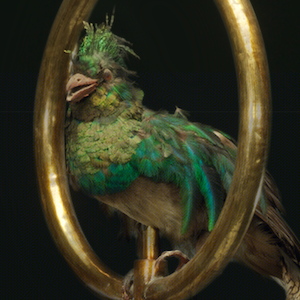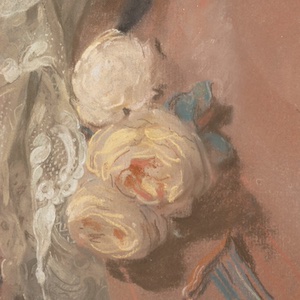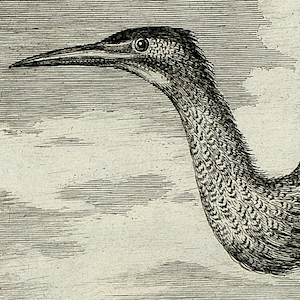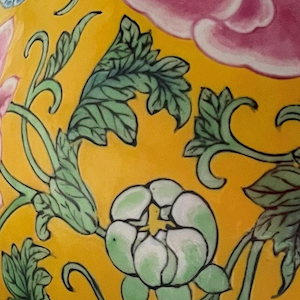Andrea Feeser First issued in 1787, Josiah Wedgwood’s antislavery medallion appears in several versions: black figure on a white or cream ground, white figure on a blue ground, and copper red figure on a black ground, the second color combination now synonymous with Wedgwood (Figs. 1, 2, and 3). In…
When Blue and White Obscure Black and Red: Conditions of Wedgwood’s 1787 Antislavery Medallion
